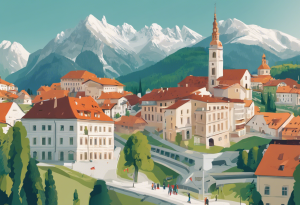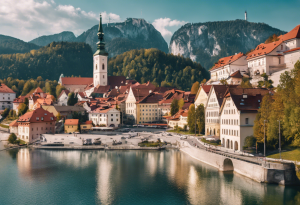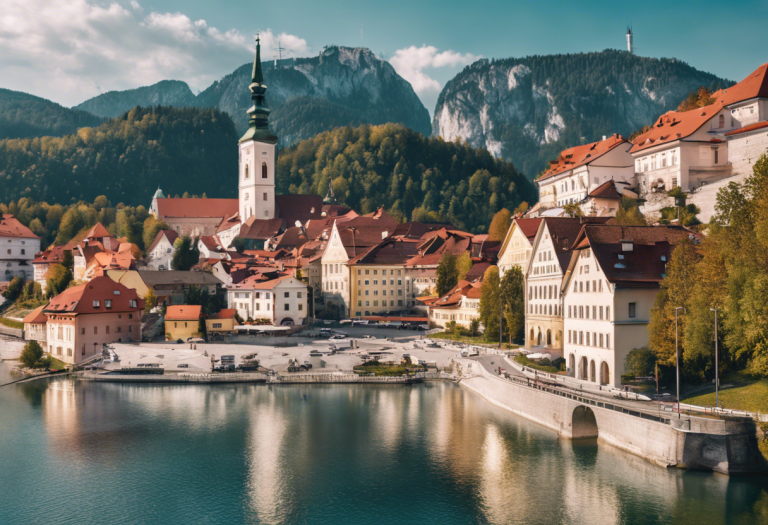Slovenia, a small country in central Europe, has a robust pension system that provides a safety net for its aging population. The system is based on a three-pillar model, consisting of a mandatory public pension, a voluntary private pension, and personal savings. The public pension, known as the First Pillar, is funded through contributions from employers and employees, as well as government subsidies. It is a pay-as-you-go system, meaning that current workers’ contributions fund the pensions of current retirees.
The Second Pillar, the voluntary private pension, was introduced in 2000 to supplement the public pension and provide additional support for retirement. It is funded through employee contributions and can either be in the form of a defined contribution or a defined benefit plan. The government also provides tax incentives for individuals who contribute to this type of pension. The Third Pillar, personal savings, allows individuals to save for retirement through various investment vehicles such as mutual funds and life insurance products. It is not mandatory, but the government provides tax incentives to encourage individuals to save for their retirement.
Slovenia’s pension system has consistently ranked among the top in Europe for its effectiveness and sustainability. The country has a high pension coverage rate, ensuring that a large portion of the population is protected in their old age. Additionally, the system has undergone several reforms over the years to address issues of sustainability









+ There are no comments
Add yours